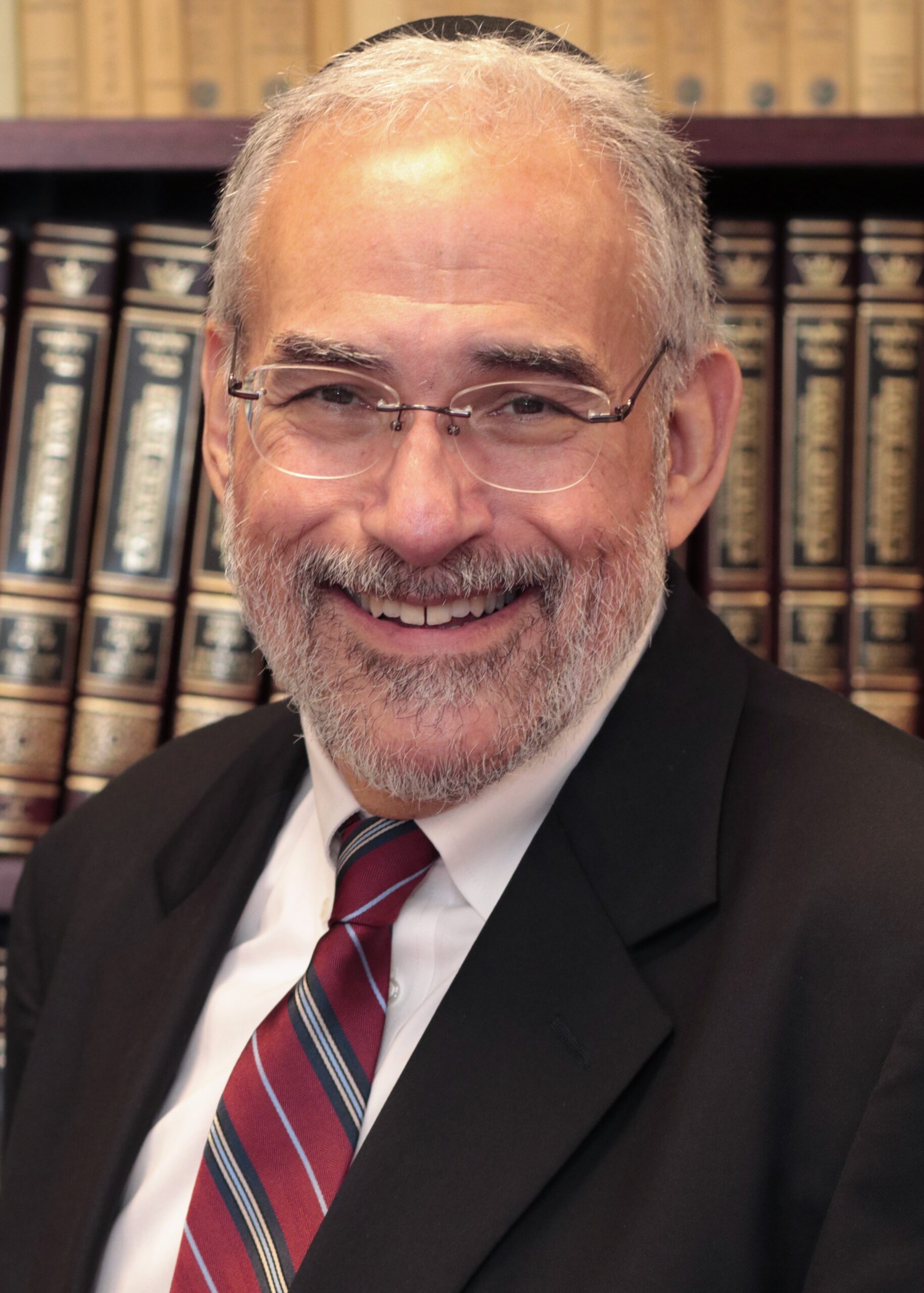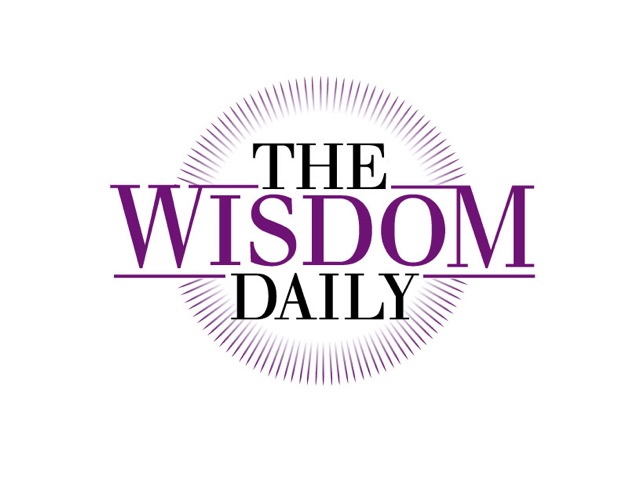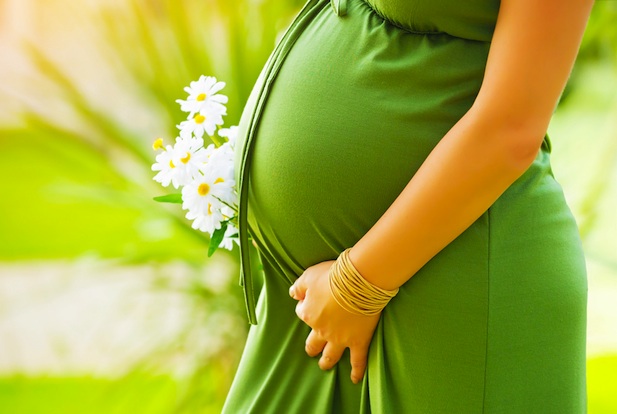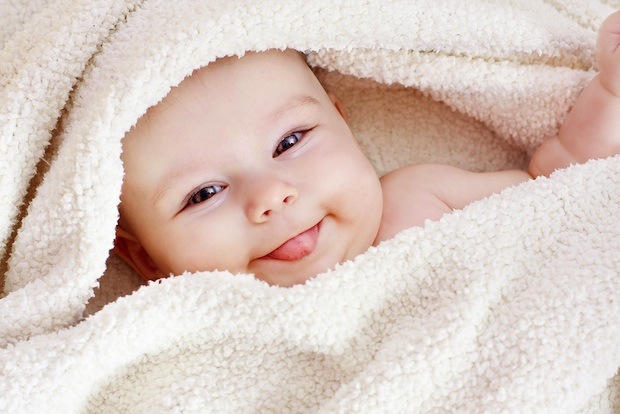When you look at the image above, what do you see? What does it make you think? How does it make you feel?
When you look in the mirror, what do you see? In each case, what we see, and how we think about these images, can create remarkable opportunities and possibilities for us – if we dare to let it be so. I’m thinking a lot about that as I, along with family, friends and millions of others (not all of them Jewish, by the way) celebrate Rosh Hashanah, the Jewish New Year.
When you look at the world, you may see a place that is filled with problems and pain. That would hardly be crazy. I mean have you read the headlines lately?!
You may look in the mirror and not love what you see looking back either. You may see all that you think is wrong with the person staring back at you (and as none of us is perfect, there is probably at least a little truth to that analysis – sorry, but I’m no Pollyanna!) But I am, or at least I try to be, a person of hope. And it turns out that Rosh Hashanah really helps nurture and sustain my capacity for hope. It can do the same for you, whoever you are and wherever you may be.
Look at the images below, and consider how they make you feel.
If you are like most people, according to researchers who actually study this, however negative your assessments of either the world or yourself were before, these images evoke something much more positive. They can even positively shape what you think and feel were you to go back and loom at the globe or the mirror.
These are also images of how Rosh Hashanah invites us to see both the world and ourselves. Yeah, you may have heard about dipping apples into honey for a sweet year, and the sound of the shofar horn may speak to you, especially if you’re into music. But you may not have known that Rosh Hashanah celebrates not only a new year, but the birthday of the world. Or, an even better translation of the Hebrew original: the day on which the world became pregnant.
A new year invites us to see both the world and ourselves not simply as we are, or as we think we are, but as we (and the world) could be. What would it mean to see the world and ourselves filled with as much potential, possibility and beauty as the pregnant woman and newborn child pictured above?
I’m not suggesting that we ignore or pretend away the real challenges we face, either globally or personally. Believe me when I tell you that I don’t even like mirrors, let alone looking in them! And I don’t want to argue about those negative assessments we may be making; I know none of us is likely to be talked out of them.
I simply want to invite us all to take time to widen our view and include those things which help us to see beyond the here and now, to the there and then. Try to appreciate that we need never confuse what is with what could be.
Not to mention that if this is actually a birthday, we’re all entitled to at least a little party, if not to celebrate how things are, then to celebrate how they can be in the year ahead. It’s amazing how celebrating that idea can actually help us make it so. It’s a kind of paying hope forward, and it works. Try it and see for yourself!

Listed for many years in Newsweek as one of America’s “50 Most Influential Rabbis” and recognized as one of our nation’s leading “Preachers and Teachers,” by Beliefnet.com, Rabbi Brad Hirschfield serves as the President of Clal–The National Jewish Center for Learning and Leadership, a training institute, think tank, and resource center nurturing religious and intellectual pluralism within the Jewish community, and the wider world, preparing people to meet the biggest challenges we face in our increasingly polarized world.
An ordained Orthodox rabbi who studied for his PhD and taught at The Jewish Theological Seminary, he has also taught the University of Pennsylvania, where he directs an ongoing seminar, and American Jewish University. Rabbi Brad regularly teaches and consults for the US Army and United States Department of Defense, religious organizations — Jewish and Christian — including United Seminary (Methodist), Yeshivat Chovevei Torah (Modern Orthodox) Luther Seminary (Lutheran), and The Jewish Theological Seminary (Conservative) — civic organizations including No Labels, Odyssey Impact, and The Aspen Institute, numerous Jewish Federations, and a variety of communal and family foundations.
Hirschfield is the author and editor of numerous books, including You Don’t Have To Be Wrong For Me To Be Right: Finding Faith Without Fanaticism, writes a column for Religion News Service, and appears regularly on TV and radio in outlets ranging from The Washington Post to Fox News Channel. He is also the founder of the Stand and See Fellowship, which brings hundreds of Christian religious leaders to Israel, preparing them to address the increasing polarization around Middle East issues — and really all currently polarizing issues at home and abroad — with six words, “It’s more complicated than we know.”




Thanks Brad and amen to thinking about the New Year. It should be about not just how bad we’ve been but also how much better it all and we could be. Shanah tovah to you and family.